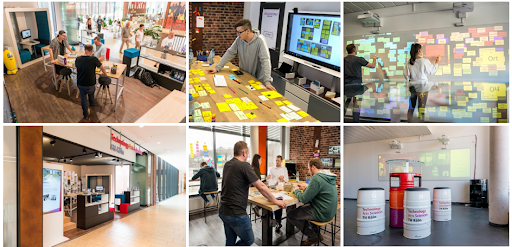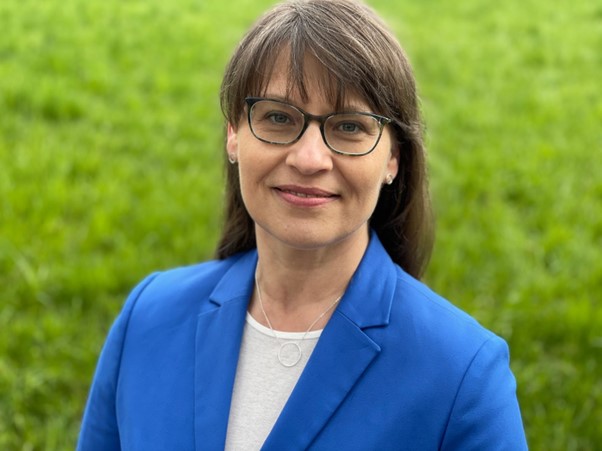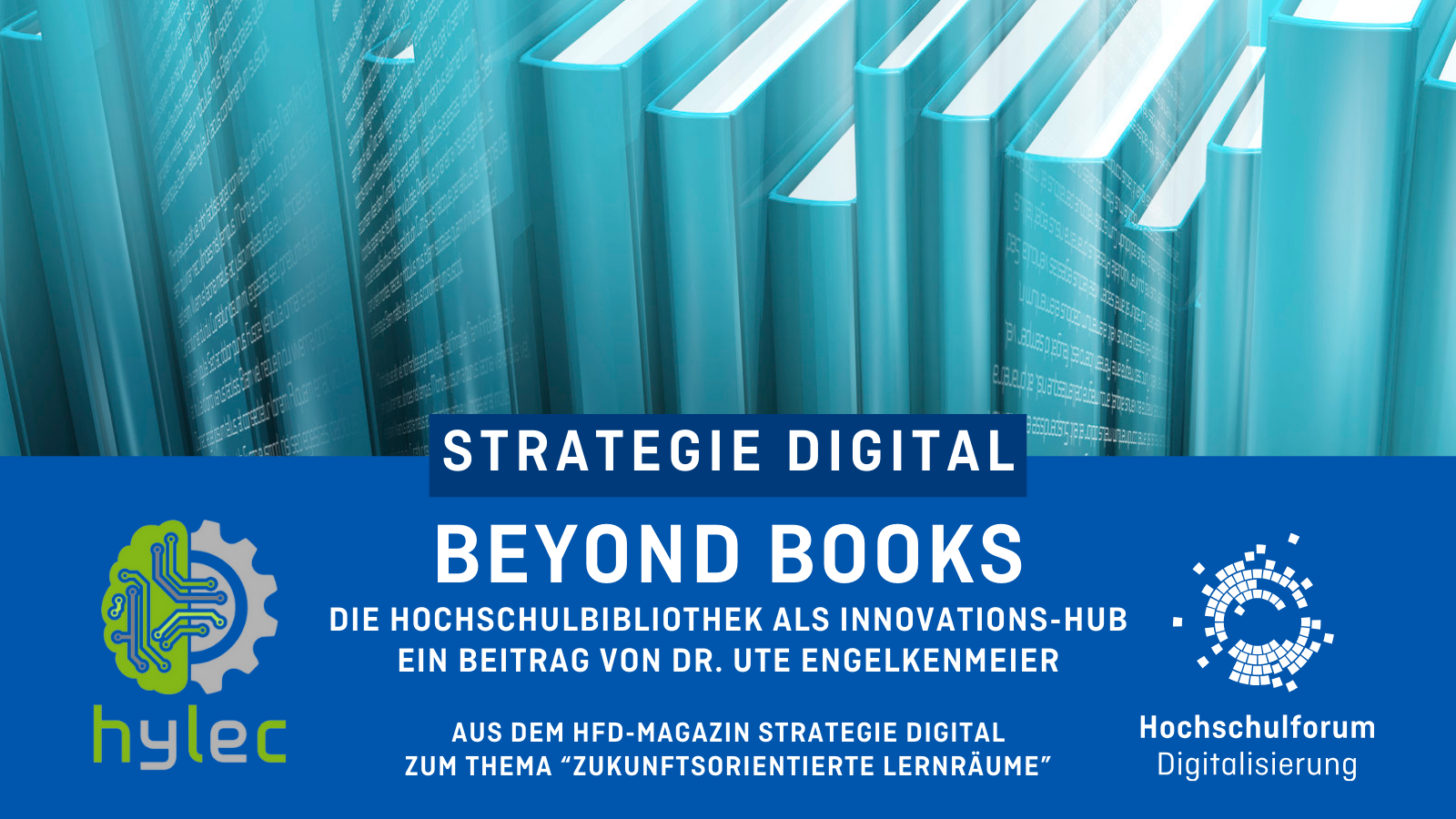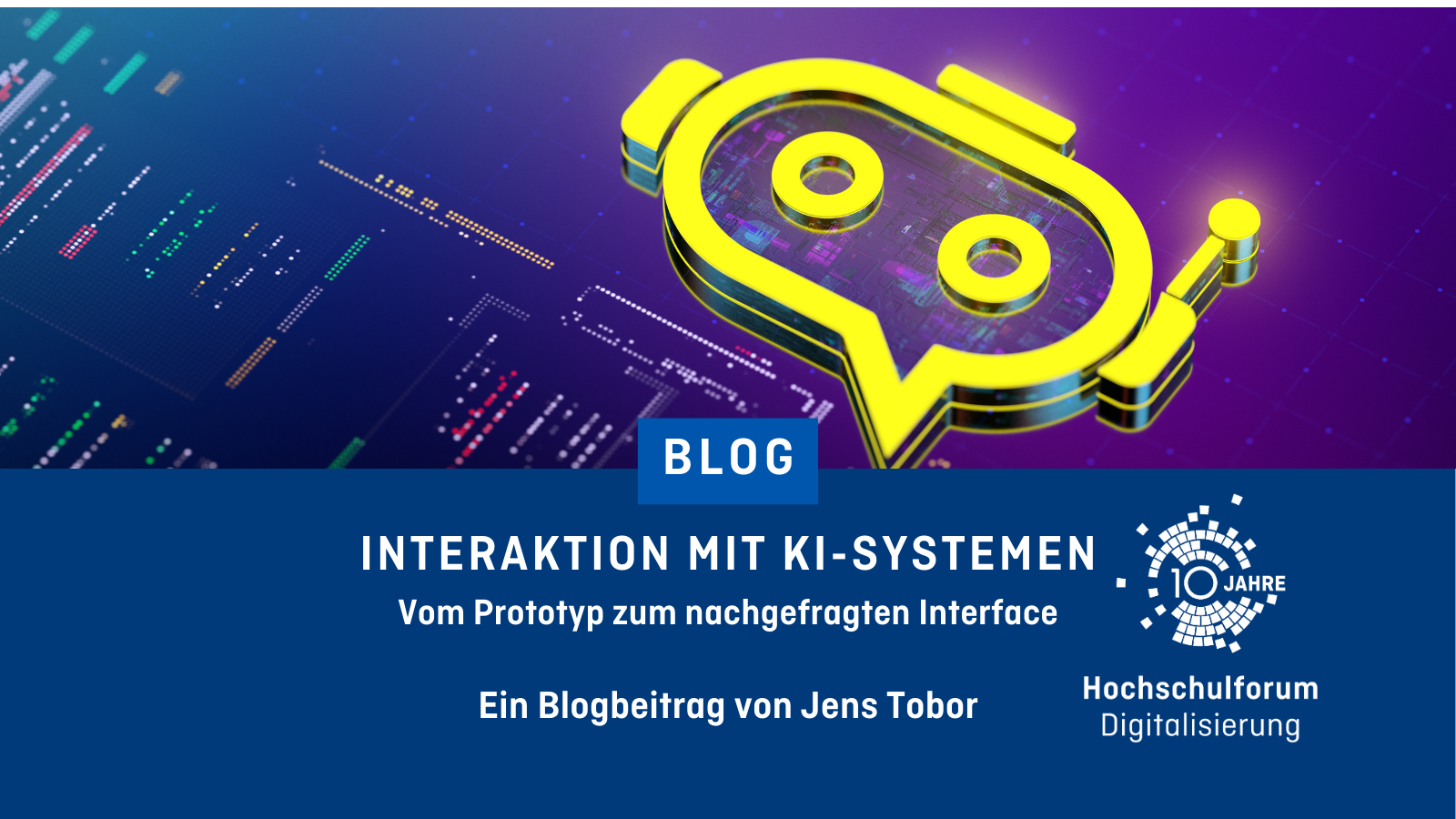What will the hybrid campus of the future look like? Transforming the campus into a hybrid learning space
What will the hybrid campus of the future look like? Transforming the campus into a hybrid learning space
07.02.22
The importance of an interactive campus culture for students and faculty was clearly emphasized by the COVID-19 pandemic through its harsh encroachment on this very part of the university experience in recent years. The desire to be able to ensure this interactivity in educational spaces again in the future is great. According to Christian Kohls, one possible solution is clear: hybridity! He describes exactly what this path to a hybrid campus life might look like in the fourth part of our blog series on the University: Future Festival 2021.

The last few semesters have shown that teaching is largely possible digitally. At the same time, students and teachers long for an exchange on campus that often enables more diverse discussions and forms of collaboration. Increasing flexibility and individualization of learning are fostered by digital media and mobile devices. To ensure that the communality, synchronicity of learning activities and intensive discourse are not lost in the process, new concepts are needed for the design of hybrid spaces on campus, off campus and in the virtual.

Hybridity is much more than just the transmission of a lecture or seminar from the lecture hall. For me, hybridity means above all thinking and acting simultaneously in multiple spaces, learning in multiple times and places, and the dissolution of dichotomies. Online and offline, physical and digital, on-campus and off-campus, formal and informal, academic and non-academic, individual and collaborative learning should no longer be opposites. With hybrid collaboration, students can learn on campus in a project-oriented manner and network with other teams and experts. Hybrid planning and development scenarios use digital whiteboards to compile information from various field investigations over an extended period of time and document the creation process as a story. For me, interdisciplinary tinkering and coding in makerspaces is also one of the hybrid forms of learning.

As part of the BMBF project “Impact factors and good practice in the design of hybrid learning spaces”, we conduct design workshops with teachers and develop new scenarios, tools and room types. These new concepts are tested, accompanied and evaluated in the spirit of the Scholarship of Teaching and Learning. In addition, we will go on an educational safari to discover and document more hybrid learning spaces at German universities. We will make the best solutions freely available as design patterns in a repository on e-teaching.org. Examples of new hybrid space types include digital design studios, galleries and exhibition areas, learning cinemas, pop-up education spaces, maker garages, innovation spaces, learning boxes, video phone booths, interdisciplinary coding labs, working cafés, and video production spaces. In this context, the design of hybrid learning spaces is complex and depends not only on didactic and technical factors but also on financial, structural and political framework conditions. We also want to take this into account in our design patterns.

The campus will continue to be a special place where intensive discourse and exchange in teams takes place. It offers special rooms, facilities, equipment, machines, media and materials that students do not find at home. Through a hybrid campus, educational opportunities become more flexible, open, sustainable, and inclusive. Now is the opportunity for comprehensive transformation. The last few semesters have shown how creative and innovative campuses can be.
For an even more in-depth look at hybrid campus concepts, watch the recording of the corresponding talk at the University:Future Festival 2021:
In this series on the University:Future Festival 2021, we publish a selection of the festival contributions as articles, which you can also find collected in a dossier. For this purpose, the authors have written down their presentations once again. You can also find more presentations and talks on YouTube.
With over 250 events, 500 speakers and 3,850 participants, the University:Future Festival 2021 took place from November 2-4, 2021 under the title “Open for Discussion“. Here you can find more information about the festival.


 Ute Engelkenmeier
Ute Engelkenmeier 
 Jens Tobor
Jens Tobor 
 Dr. Markus Deimann
Dr. Markus Deimann 